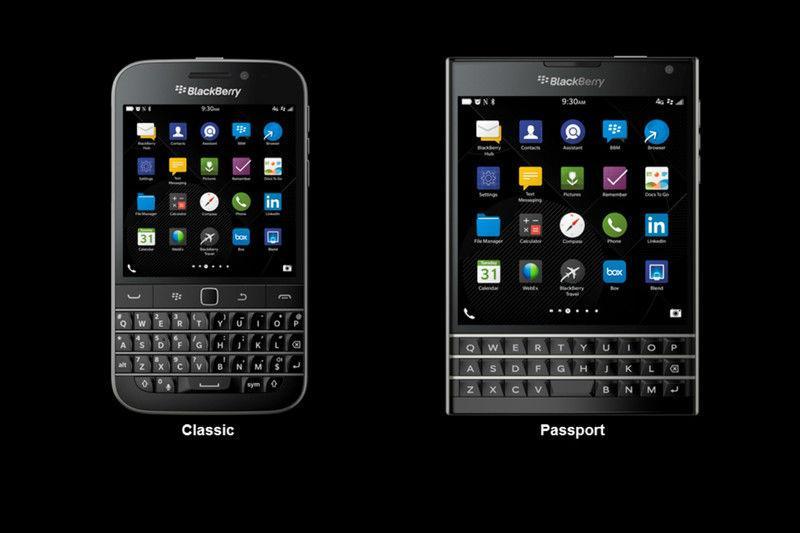
It’s only been a few weeks since the new, funky BlackBerry Passport was unveiled, and already the phone has taken the mobile media by storm it seems. BlackBerry is usually the underdog of the mobile industry, but these past few weeks I feel like my feeds have been positively buzzing with positive reviews on the BlackBerry Passport. Is it the great specs, the somewhat classic design, or the new feature twist that makes the BlackBerry Passport such a surprise hit on the market?
I personally think that the touch-sensitive physical keys is probably what really makes the device stand out. Not only was BlackBerry able to provide a physical keyboard (albeit slightly altered from the traditional BlackBerry keyboards you and I are used to) but they also found a way to give users the benefit of a virtual keyboard without wasting any of the precious 4.5-inch screen space - which was one of my complaints with my BlackBerry Q10. Simply put, once you go to a virtual keyboard, it’s pretty hard to want to go back to anything else due to - at least for me - low efficiency. You can also use the touch keyboard for other functions like swipe to delete, flick to type, on-screen scrolling, and fine cursor control.
Combine the touch/physical keyboard hybrid with the gesture-based nature of BlackBerry 10, a quad-core Snapdragon 801 processor, 3GB of RAM, 32GB of on-board memory (up to 128GB expandable memory an option), a 13-megapixel rear-facing camera and 30 hours of battery life and you have yourself a powerhouse of a business phone right there - and you manage to keep part of the BlackBerry charm as well. The Passport has exceeded expectations, and even has a higher than anticipated demand for the device - which is great news for BlackBerry.
The BlackBerry Classic, or the BlackBerry Q20, is the next device in line to show up on shelves. The question now is will the BlackBerry Classic be able to hold a candle to the popularity of the similarly designed Passport? Although the leaks and rumors on the device aren’t official, if we’re basing the specs off of those one could guess that the Classic won’t exceed expectations as well as the Passport has. Although the design might tickle the fancy of Bold and Curve users, it looks like the Q20 will share similar specs as the Q10, which was released last year. The biggest differences that one could expect to see is the re-introduction of a trackpad, a larger battery, a larger screen, and probably support for larger SD card amounts.
There will be no touch keyboard on the BlackBerry Q20. With that information, I’m not sure how much a bigger battery and a trackpad will be able to sway buyers over the Q10. The battery life on my Q10 has been decent enough to get me well enough through the day, but I do suppose that a trackpad would be handy for being able to pinpoint and select text easier.
Still, I think the Passport is more than likely going to be BlackBerry’s pride and joy going into 2015. For the first time in a long time, BlackBerry has invented something truly praiseworthy. The design might be funky, and it might not suit a lot of people’s taste, but the touch-enabled keyboard has solved a lot of issues that plague BlackBerry’s “classic” design in today’s smartphone world. The Q20, however, is still a good idea to keep the users who still prefer the Bold and Curve designs around - I just don’t see it becoming more popular than the Passport has.
Images via CrackBerry